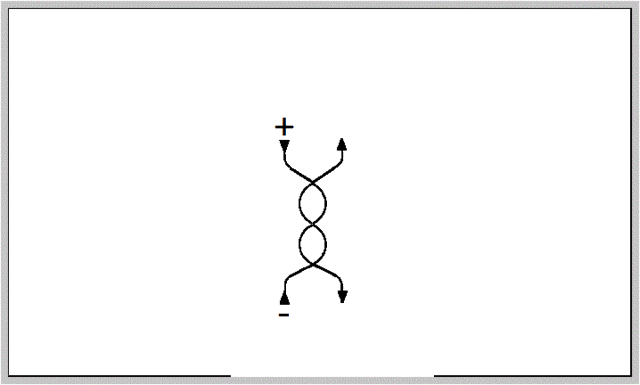Originally posted by Steve220
View Post
Perhaps the biggest obstacle in your suggestion is the use of brushes? Because you would be forced to use means for accessing the gen coil outputs on the rotor?
One more thing I would be curious: have you figured out how you combine an electromagnet with a permanent magnet so that you get a switchable magnet?
Thanks, Gyula




 It does show the effect of speed increase although you just have to look and listen for it. I have no meter for reading wheel speed but you don't need it to observe the effect.
It does show the effect of speed increase although you just have to look and listen for it. I have no meter for reading wheel speed but you don't need it to observe the effect. 

Comment